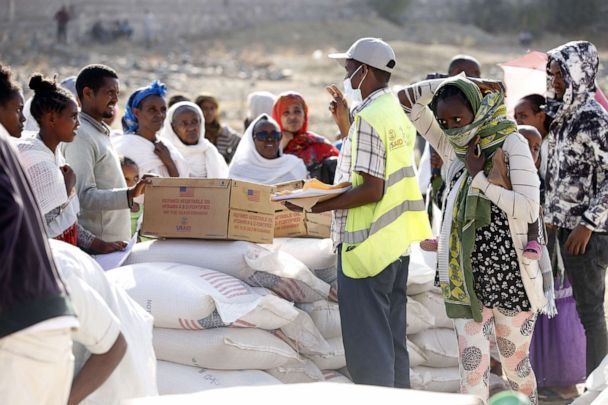In times of crisis and natural disasters, delivering healthcare to the affected populations becomes a crucial and challenging task. Humanitarian aid organizations play a pivotal role in providing immediate medical assistance to those in need. With the advancements in technology, these organizations have been able to improve their efficiency and reach, resulting in better healthcare delivery in crisis zones.
The Role of Technology
Technology has revolutionized the way humanitarian aid is delivered, especially in providing healthcare services. In crisis zones, where infrastructure is often destroyed or inaccessible, technology bridges the gap and enables remote healthcare delivery. Telemedicine, for example, allows doctors to diagnose and treat patients from a distance, eliminating the need for physical presence. This not only saves time but also helps overcome the challenges posed by limited medical personnel in the field.
Mobile Healthcare Units
One of the most effective ways of delivering healthcare in crisis zones is through mobile healthcare units. These units are equipped with the necessary medical supplies and staffed by trained professionals. With the help of technology, these units can quickly set up makeshift clinics and provide immediate medical attention to affected individuals. Additionally, they can gather and transmit vital patient data to distant medical facilities for further analysis and treatment planning.
Remote Monitoring and Diagnostics
Deploying remote monitoring and diagnostic solutions in crisis zones has significantly improved healthcare outcomes. With the help of wearable devices and sensors, medical professionals can remotely track and monitor patients’ vital signs, ensuring timely intervention when necessary. Diagnostic tools integrated with artificial intelligence algorithms can analyze medical images and test results, providing accurate diagnoses even in resource-limited situations.
Supply Chain Management
Efficient supply chain management is critical in delivering healthcare during crises. Technology has empowered aid organizations to optimize the distribution of medical supplies by leveraging data analysis, GPS tracking, and real-time inventory management systems. This ensures that essential medicines, vaccines, and equipment reach the affected areas swiftly and in the required quantities. Furthermore, organizations can monitor supply chains closely, avoiding wastage and ensuring efficient utilization of available resources.
Data Management and Analysis
Data is a powerful tool in healthcare delivery, especially in crisis zones. Aid organizations can collect and analyze data regarding the affected population, prevalent diseases, and healthcare response patterns. This information is invaluable in tailoring their interventions and implementing targeted healthcare strategies. By utilizing data management systems and advanced analytics tools, organizations can make data-driven decisions to allocate resources effectively, identify areas that require immediate attention, and tailor healthcare services to specific needs.
Conclusion
Delivering healthcare in crisis zones is a complex undertaking, but technology has undoubtedly played a pivotal role in overcoming numerous challenges. From telemedicine and mobile healthcare units to remote monitoring and diagnostics, technology has enabled aid organizations to provide efficient and effective healthcare to those in need. With continued advancements, the impact of technology on humanitarian aid in crisis zones will further improve, saving more lives and improving overall healthcare outcomes.
